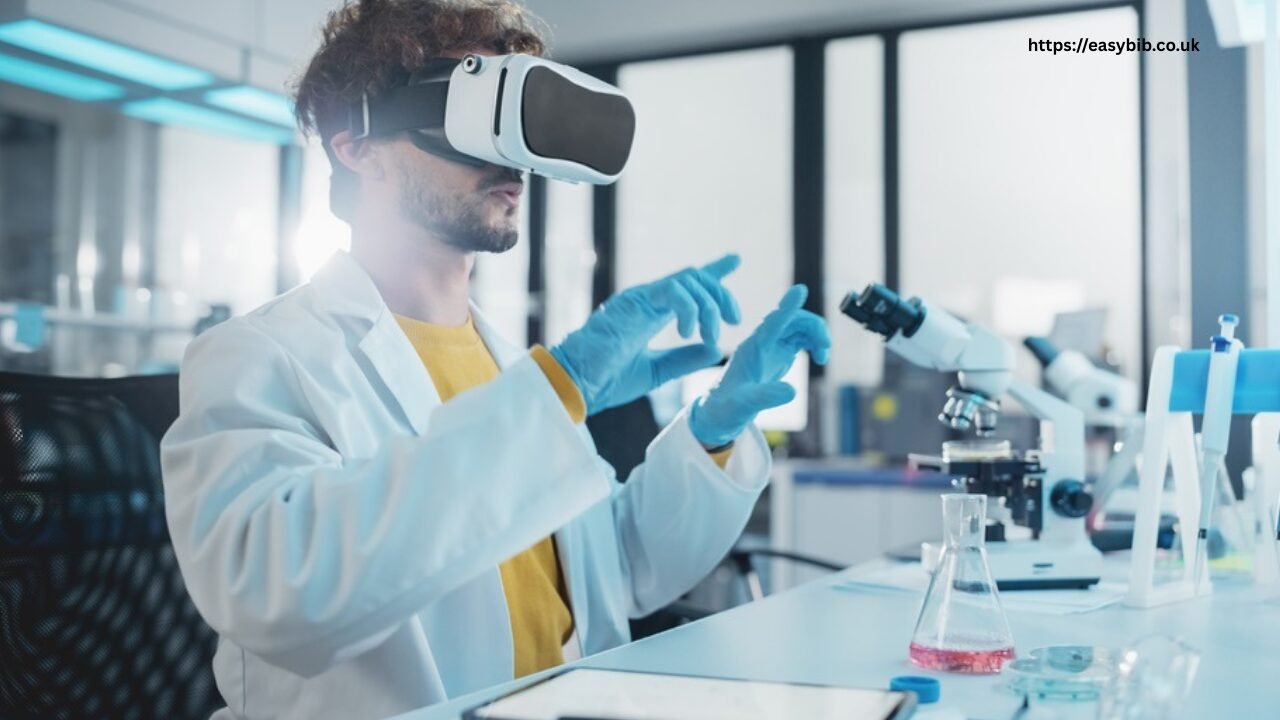Safe Lab Procedures: Ensuring Accuracy and Safety in Scientific Research

The integrity of scientific research hinges on the reliability of data and the safety of those conducting experiments. Safe lab procedures form a fundamental bedrock upon which the scientific community builds its discoveries and innovations. As researchers push the boundaries of knowledge, the laboratories in which they operate must adhere to stringent protocols to ensure that both personnel and data are protected.
The Importance of Equipment in Safe Lab Procedures
The effectiveness of safe lab procedures relies on correctly using and carefully maintaining laboratory equipment. Sophisticated instruments, such as laboratory centrifuges, hot plate stirrers, and peristaltic pumps, are crucial for conducting experiments safely and accurately. These apparatuses, when used correctly, minimise the risk of accidents and enable researchers to replicate findings, a fundamental aspect of scientific methodology.
The Role of Lab Centrifuges in Safe Laboratory Practices
Laboratory centrifuges are essential for separating fluids, gases, or liquids based on their density. The safe operation of a centrifuge involves routine checks of the rotor’s integrity and balancing samples adequately to avoid equipment failure or accidents that could lead to injury to laboratory personnel. By following proper procedures, researchers ensure the reliable performance of these devices and the validity of their results.
Maintaining Precision with Lab Hotplate Stirrers
Similarly, temperature control provided by lab hotplate stirrers is indispensable for executing a wide range of experiments that require precise heating and stirring. Lab hotplate stirrers enable uniform heating and thorough mixing of components, thereby contributing to the reproducibility of experimental outcomes. Ensuring that these instruments are maintained at optimal working conditions and handled by trained professionals is crucial for laboratory safety and accuracy.
Peristaltic Pumps and Their Significance in Laboratory Safety
The use of peristaltic pumps illustrates the importance of precision in transferring liquids. These pumps provide a controlled environment that minimises the risk of contamination and facilitates precise volume measurements—a practice that underscores the meticulous nature of laboratory work.
Training and Awareness: Foundations of Safe Lab Procedures
Safe lab procedures entail more than just the proper handling of equipment; they require comprehensive training and awareness of potential hazards. This training encompasses understanding chemical properties, biological agents, and protocols for emergencies. Scientists and lab technicians must be familiar with Material Safety Data Sheets (MSDS) and wear appropriate protective gear that corresponds to the nature of their work.
Ensuring a Culture of Safety
Creating a culture of safety within the laboratory environment also involves regular inspections and adherence to institutional guidelines and protocols. Regular risk assessments and safety audits are necessary to spot potential hazards and implement corrective actions. Fostering an atmosphere where lab members feel empowered to report unsafe conditions and near-misses contributes to the continuous improvement of laboratory safety protocols.
Safe Lab Procedures and Data Integrity
Reliable data is a cornerstone of reputable scientific research. Safe lab procedures directly influence data integrity, as well-managed laboratories avoid cross-contamination, mislabeling, and other errors that could compromise the quality of research findings. Practices such as correct sample storage, meticulous record-keeping, and regular calibration of instruments are crucial components of maintaining data reliability.
Safe Disposal of Laboratory Wastes
Safely managing laboratory waste is essential for protecting both the research environment and overall laboratory safety. Handling chemical, biological, or radioactive materials requires specific disposal procedures to prevent environmental damage and protect public health. Effective waste management strategies, combined with regular training on the utilisation of safety equipment, can mitigate potential risks associated with hazardous materials.
Emerging Technologies in Laboratory Safety
Advancements in laboratory technology continue to enhance safety procedures. Automated systems and software help monitor environmental conditions, including temperature, pressure, and air quality. These systems provide real-time alerts, enabling prompt responses to deviations from established safety parameters.
The Ongoing Evolution of Safe Lab Protocols
As scientific research evolves, so too must the lab procedures that safeguard its practitioners and integrity. Ongoing education on the latest safety protocols and guidelines, coupled with the adoption of innovative safety equipment and technologies, positions the scientific community to tackle current and future challenges effectively.
READ MORE
Conclusion
Safe lab procedures are a multifaceted imperative of scientific research. They encompass the careful operation and maintenance of laboratory instruments, the education and training of lab personnel, the thorough management of hazardous materials, and the establishment of a safety-first culture. When these elements are conscientiously implemented, they assure the dual objectives of protecting researchers and validating the scientific process. It is through these practices that the world of science can continue to optimise the impact of research while safeguarding the individuals at the core of these advancements.
As the scientific landscape continues to expand with discoveries and innovations, the importance of adhering to safe laboratory practices becomes increasingly significant. Only when researchers uphold these measures can they fully harness the potential of their work to benefit society whilst nurturing an environment where safety and precision go hand in hand.
